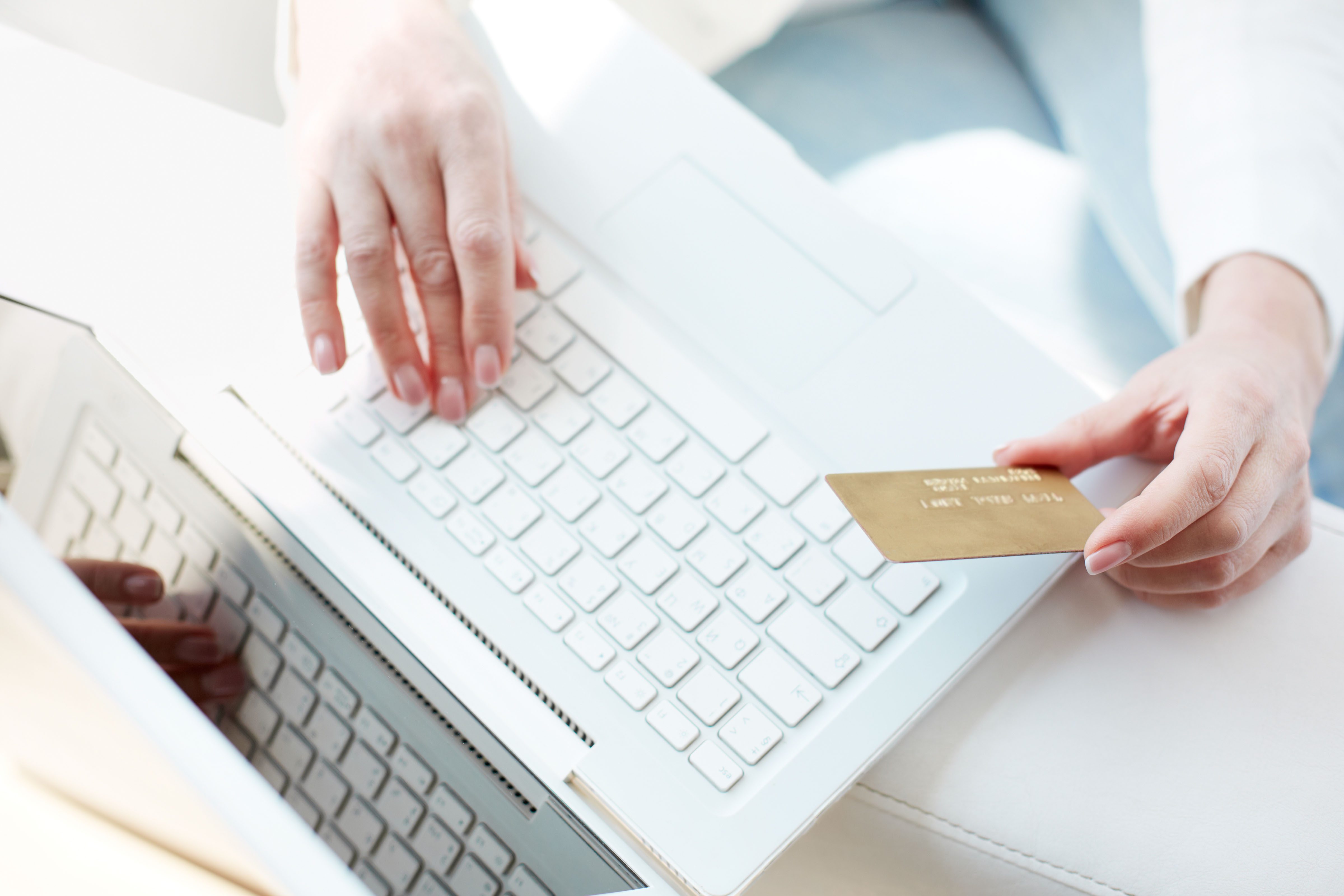Takeo Nishikata of Nomura Research Institute does a remarkable job of clarifying the state and purpose of blockchain technology in his Coindesk article “Towards a Clearer Understanding of Blockchain’s True Value.” If you can only read one article discussing blockchain technology, this is the one I recommend!
Takeo begins by addressing common blockchain misperceptions:
“The first set of misunderstandings concerns the characteristics and value of blockchain.
One of many is that, if blockchain is applied to business systems, it will – compared with existing technology – have greater resistance to tampering, offer higher availability and enable the same data and processes to be shared.
Contrary to general understanding, these are things which can already be achieved with existing technology, and are not uniquely achievable with blockchain.
Another common misunderstanding is that ‘blockchain has problems with scalability and finality, and these can be solved through centralization’.
Trying to obtain scalability and finality through centralization weakens the unique characteristics of blockchain and makes it harder to distinguish from existing technologies. It is necessary to find an optimal balance and design, while making use of the unique value of blockchain without losing its benefits.
Network effect
That the technology should be used either with a single participant or with a specified small number is another misunderstanding.
The value of blockchain increases through the network effect, and so it is my view that one should aim to expand the structure of decentralized rights as a whole – even if part of that structured is centralized – by ensuring the expansion and diversification of participants or compatibility with other blockchains.
This is just like how the Internet creates value by being formed from multiple Local Area Networks (LANs).
The unique characteristic of blockchain is that it grants decentralized rights – or to put it more accurately, it has “opened up possibilities” by enabling the creation of records of value or exchanges of value between counterparties who cannot be trusted without the existence of a single third party.
While information systems are based on trade-offs between various system characteristics, blockchain is a system which chooses the creation of decentralized rights at the expense of scalability and finality.
The true value created by decentralized rights is that, in the same way as the Internet, the free participation of many different parties creates a network effect as the number of participants increases. This leads to the formation of a resilient system as a whole, and also increases the benefit obtained by its participants through the value created by the participants.”
While I agree with everything stated above, I would only point out that on the internet the hosting web site remains legally responsible for content and transactions, which is no longer true in most blockchain solutions that align with Takeo’s vision for appropriate blockchain usage.
In the next section Takeo discusses confusion over the current level of maturity associated with the blockchain and argues that it is both over estimated and under estimated. Key to this observation are issue that I have written widely on, the lack of blockchain technology properly designed to address all of the specific business issues that are associated with a specific use case.
And then we get to the crux of it all. The blockchain must deliver value by eliminating geographic boarders and all dependence on third-parties:
“For me, the ultimate scenario would be the realization of an ‘Internet of Value’, in which anyone can trade all kinds of assets through the Internet without depending on third parties.
Once this Internet of Value is realized, the world will be filled with borderless transactions (for example, online concert tickets issued by an artist in one country that can be freely traded all over the world), and with transactions between all kinds of assets, such as exchanges of financial instruments for loyalty points.
The opposite end-game to this is a world flooded with siloed systems that have no superiority to existing ones.”
Takeo makes an excellent point here. For example, applying this point to international commerce helps us recognize the scale of the problem. The Uniform Commercial Code in the United States isn’t perfect but establishes a baseline for commerce conducted and enforcement across state lines. What laws will be used for international commerce and how will they be enforced? This appears to be an issue that will prove difficult to solve.
Overview by Tim Sloane, VP, Payments Innovation at Mercator Advisory Group











